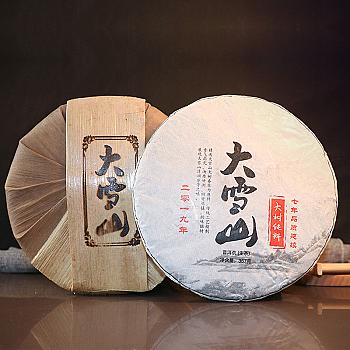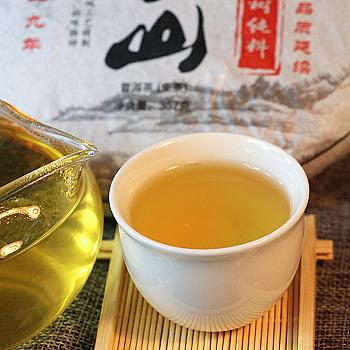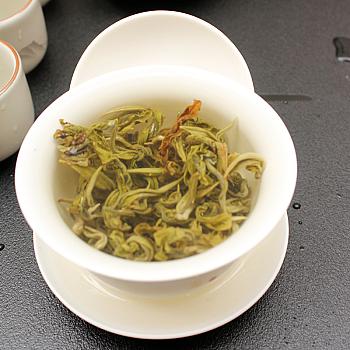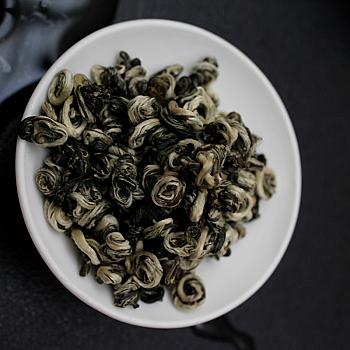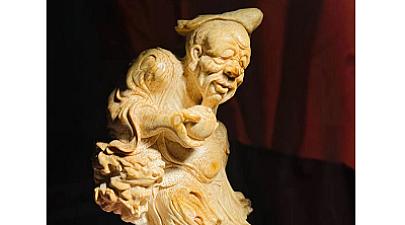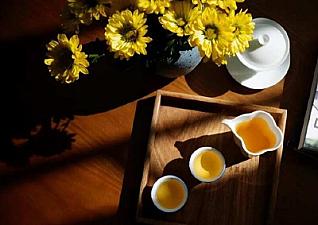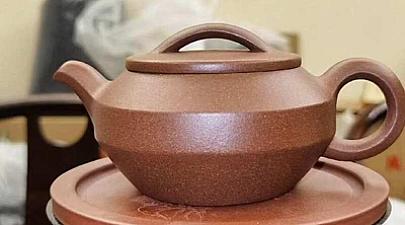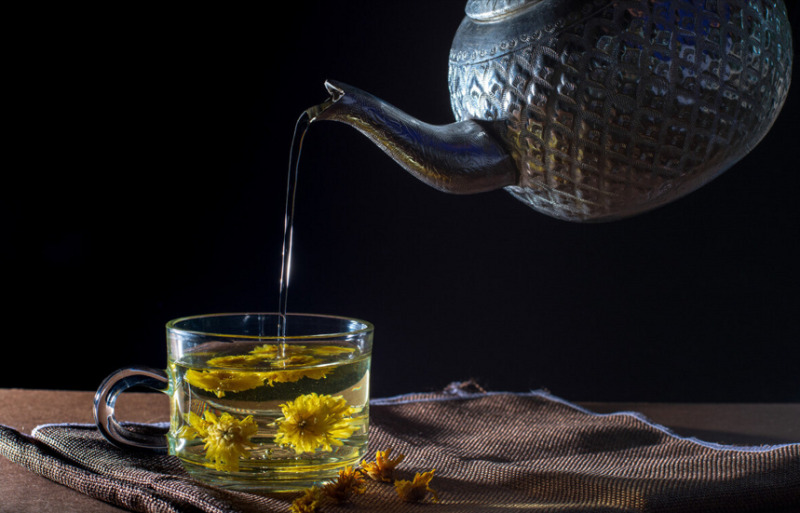
Autumn, drink more chrysanthemum tea, but beware of sulfur fumigation "toxic chrysanthemums"! 4 tricks teach you how to distinguish them.
September 30, 2025
Chrysanthemum tea is suitable for drinking all four seasons, but it's especially good to drink in the fall. Autumn weather is often unpredictable with temperatures rising and falling frequently, dry air, and many people will develop varying degrees of autumnal dryness at this time. Drinking chrysanthemum tea can help dispel heat and reduce inflammation, clear the mind and brighten one's vision, and bring good effects on health maintenance.
Chrysanthemum tea is suitable for consumption throughout the year, especially in autumn. In autumn, the weather is often changeable and dry, resulting in an increased risk of what's known as "autumn dryingness." Drinking chrysanthemum tea can help to reduce heat in the body, clear mucus from the chest, improve vision, and achieve good health benefits.
As chrysanthemums officially go on sale now, varieties like Hangzhou chrysanthemum and contribution to the chrysanthemum have been popular items for traditional Chinese health care, while golden silk yellow chrysanthemum has recently gained popularity among young consumers.
One chrysanthemum per cup, extremely colorful and beautiful. However, as the market is flooded with more and more flowers fumigated with sulfur, poisoning consumers. Then how to distinguish them? Today we're going to talk about it together.

What is a chrysanthemum that has been sulfur fumigated?
Sulfur has been in existence since ancient times, and its usage range is wide, in the past alchemy and today sericulture pest control all use it. In the treatment of traditional Chinese medicine materials, using sulfur fumigation is a very common practice.
Because most of the traditional Chinese medicine is made up of grass and wood essence, it is difficult to store for a long time and prone to mildew, deterioration and corruption. After being treated with sulfur fumigation, the medicinal properties of the traditional Chinese medicine can be preserved for a longer period of time.
It can be said that strict operation according to relevant regulations has not been a total failure. This method, used from ancient times to the present, shows there must be some reasoning behind it.
For example, Chrysanthemum bitters and Goji berries can also be classified as medicinal materials in a broad sense. In the mass production process, sulfur fumigation is often used. Because using sulfur fumigation after, allowing chrysanthemum goji berries rapid drying, while retaining its fresh vibrant colors, saving time and money while maintaining high quality, one-time multiple benefits.
So, sulfur fumigating chrysanthemums is not a secret in the industry and many people are doing this process.

What are the harmful effects of fumigating chrysanthemums with sulfur?
Even under strict dosage control, sulfur fumigation is a traditional method that is not lost. However, some unscrupulous merchants, in order to pursue the appearance and preservation time of chrysanthemums one-sidedly, will use large amounts of sulfur to quickly fumigate, which will bring great harm to consumers.
Sulfur will combine with oxygen to produce sulfur dioxide during the burning process, and this substance is very dangerous for human body.
Scientific studies indicate that sulfur dioxide can damage respiratory epithelium and gastrointestinal mucosa, as well as affect the liver and kidneys. Prolonged exposure will cause significant harm.
So be sure to avoid contact with the medicine ingredients that have been fumigated with sulfur and don't drink chrysanthemum and goji berries directly that have been fumigated with sulfur.

So how do we distinguish sulfur-fumigated chrysanthemums?
Many industries' experts can tell at a glance which ones are treated with sulfur and which aren't, but ordinary people rarely come into contact with sulfur so they have no way of telling whether or not jasmine tea is made from sulfured flowers.
Here are three simple tips for you to tell a fake ID from a real one.
First of all, observe carefully.
There is a big difference between chrysanthemum dried by sulphur fumigation and natural drying. In general, the color of chrysanthemums dried by fumigation with sulphur is more brilliant, uniform in hue; the color of naturally dried chrysanthemum is deeper in hue, unevenly colored, flower center heavier than leaf color, receptacle greener than the color of the fumigated petal.
And then use your hand to feel it.
After observing carefully, we can further distinguish the two by feeling. Natural dried chrysanthemum feels softer and smoother when touched with hand. Mercury-dried chrysanthemum feels harder and less smooth, slightly sticky.
Smell it again with your nose.
Just like judging the age of tea, aside from looking with your eyes and touching with your hands, you can also use your nose to smell the fragrance. Sulfur has a pungent odor that is very irritating. Dried chrysanthemum flowers treated with sulfur will release a faint acidic scent; the more sulfur added, the stronger the acid smell. Natural dried chrysanthemum flowers have a mild and fresh aroma that is pleasant to breathe in, without any pungency.
Finally, hot brewing.
When brewing chrysanthemum tea, the water temperature should not be too low, otherwise it will not release its essential nutrients. Don't add anything else while brewing, such as ice sugar, to change its flavor. If brewed with high temperature, the natural dried chrysanthemum tea will emit a faint sweet fragrance. If sulfur-dried, there will be a pungent taste that is hard to swallow.
So, new players can observe and distinguish from the above four aspects whether chrysanthemum tea has been sulfured. Note that for tea friends with spleen stomach coldness, they should drink less chrysanthemum tea to avoid excessive stimulation of intestines and stomach and affect physical and mental health.
